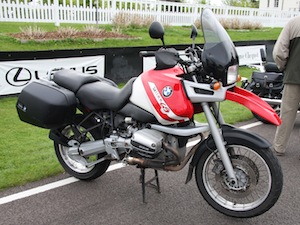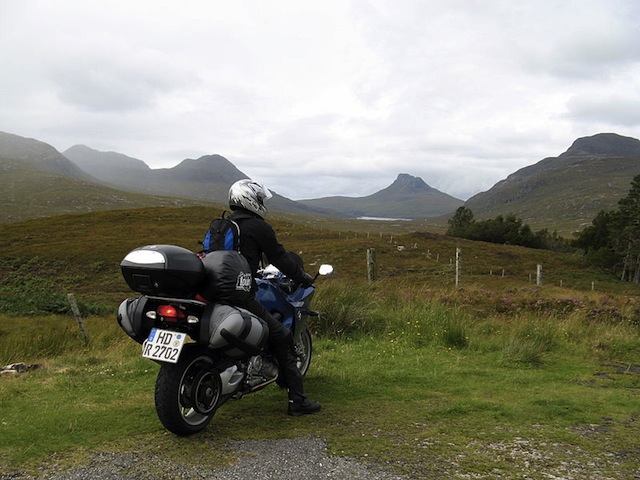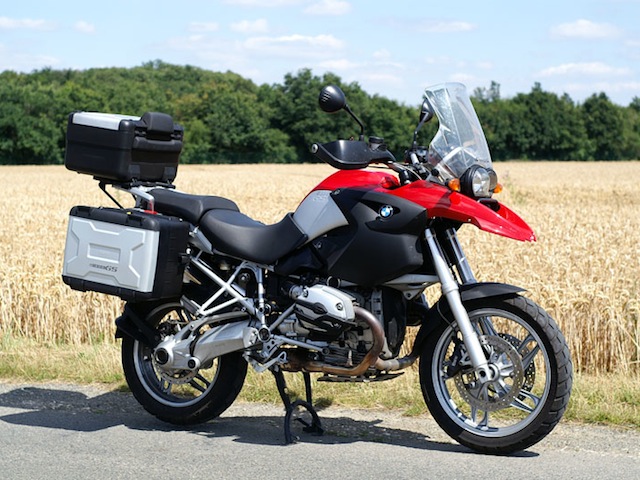 Do you have visions of an epic motorcycle tour through the Andes, a la the Motorcycle Diaries? Or perhaps you’re picturing yourself storming your way through the dusty red Australian outback on the back of a chopper. Although part of the lure of a motorcycle tour is the freedom that it provides, motorcycle trips also demand more planning than a run-of-the-mill road trip in a car. If you’re new to motorcycle touring, you’ll want to take the following factors into consideration to make sure your journey strikes the balance between freedom and practicality.
Do you have visions of an epic motorcycle tour through the Andes, a la the Motorcycle Diaries? Or perhaps you’re picturing yourself storming your way through the dusty red Australian outback on the back of a chopper. Although part of the lure of a motorcycle tour is the freedom that it provides, motorcycle trips also demand more planning than a run-of-the-mill road trip in a car. If you’re new to motorcycle touring, you’ll want to take the following factors into consideration to make sure your journey strikes the balance between freedom and practicality.
The Itinerary
The first thing to sit down and think about as you start planning your tour is how long you have to travel, and where you’d most like to visit. If you have two months to explore Australia you’ll be planning a very different journey from a week-long tour of Napa Valley. Think about lodging along the way. If you’re travelling to remote locations, you might want to camp, but will you have enough space for camping gear? Do you plan to hit the road alone or as part of a motorcycle convoy? Travelling with friends could help you stretch your budget and give you more storage space. Sketching out some idea of what your journey is going to look like can help you with the next steps in planning.
The Bike
One thing to bear in mind is that motorcycles have a far more limited storage capacity in comparison to cars. If you choose a long distance touring bike like these choppers from Bikesales, you’ll see that many come equipped with hard cases to help you stow clothes and gear safely. In addition to the amount of storage space a bike provides, you’ll also want to think about its fuel economy, horsepower, and size. For beginners, bigger isn’t always better. Be sure to take your bike on a few shorter journeys and test drive any contenders for your adventure well in advance.
The Gear
There are a few must-haves when touring by motorcycle. You’ll need to bring along a safety and repair kit, as well as storage bags to help carry the rest of your belongings. Hard bags are ideal for inclement weather, but they do add weight to your bike and are costlier to install. In terms of gear, you’ll want to strike the right balance between comfort and weight. It’s worth investing in a good touring suit, supplementing this with thin layers of clothing to wear underneath. A full-face helmet is a must, protecting you both from accidents but also from the elements. You’ll also need to pack extra food and water. Energy bars, dried fruit, and nuts are all lightweight and can be tucked away for emergencies.
Last Minute Checks
Whether you’ve purchased a used bike or are hiring a motorcycle, you’ll need to have it inspected thoroughly to avoid any unexpected problems along the way. Make sure that the tires are properly inflated, and that all cables are in proper working order. Top up all fluids and give your headlights and brake lights a good look. When in doubt, it’s best to hand your bike over to a mechanic to inspect it for you, particularly if you have little experience with motorcycles.
With a bit of foresight and planning, you should be well-stocked and ready to battle the highway with ease. And although it’s all about the journey, don’t forget to take breaks along the way and enjoy all the sights that the road has to offer!









Leave a Reply